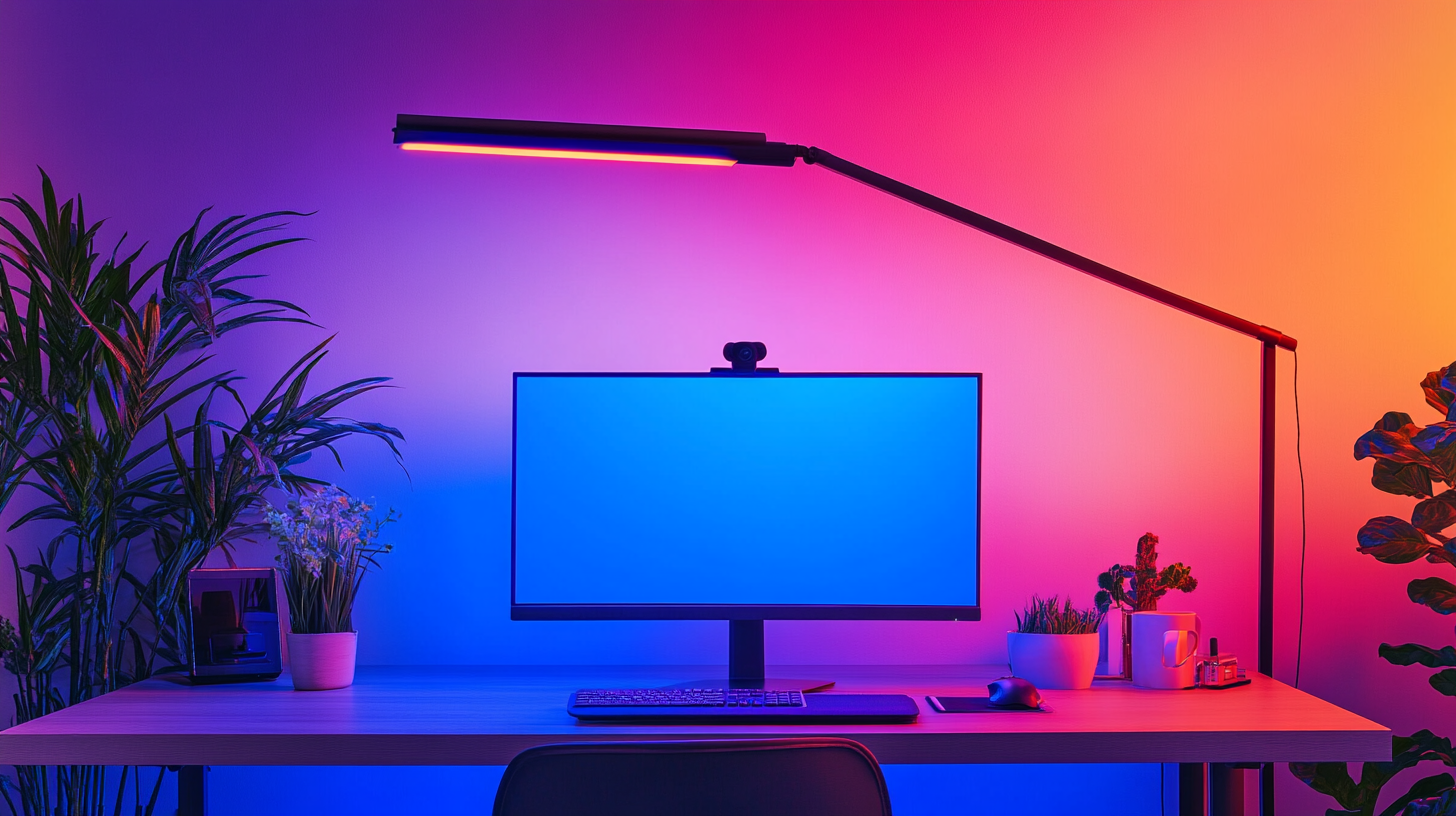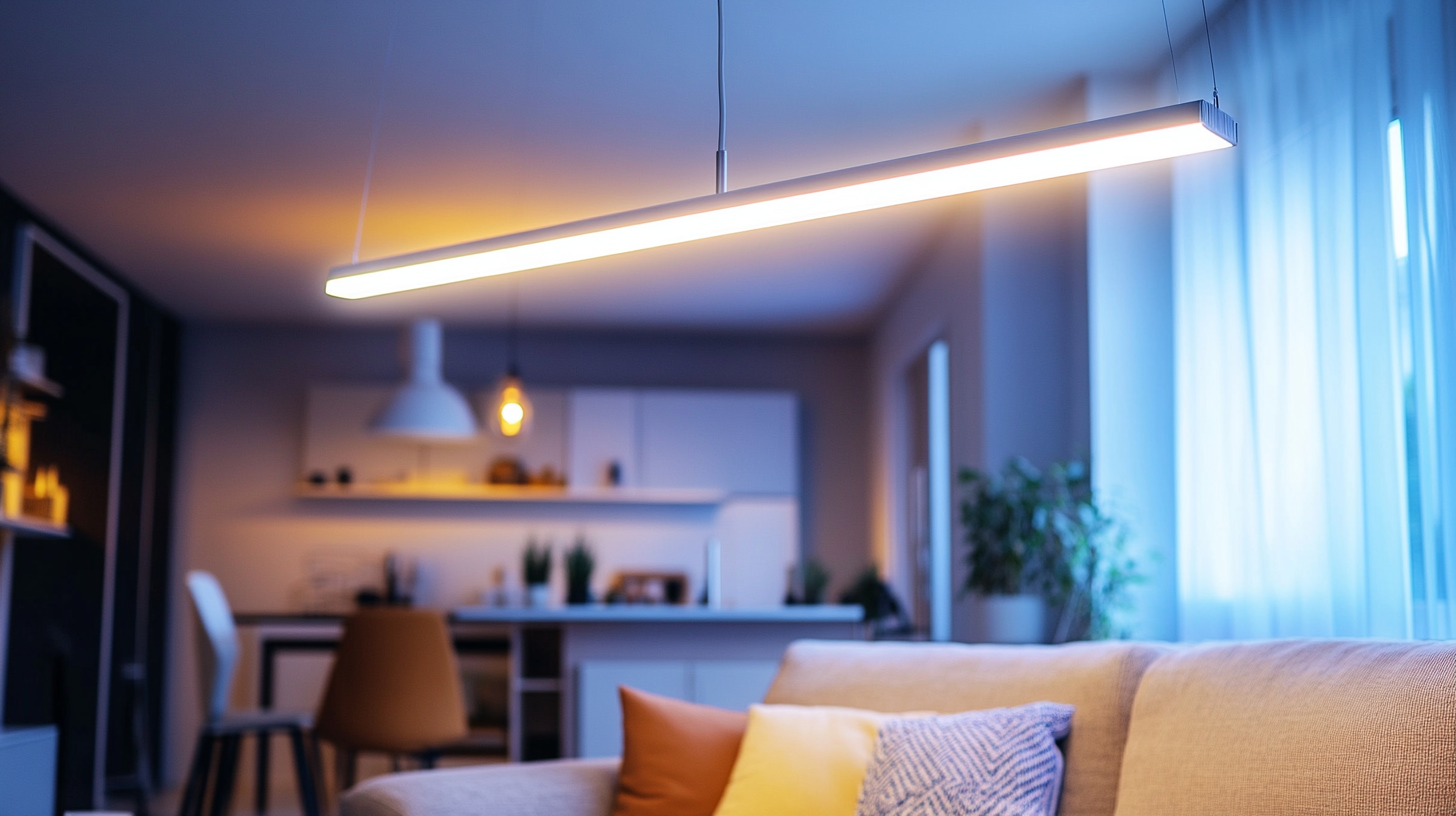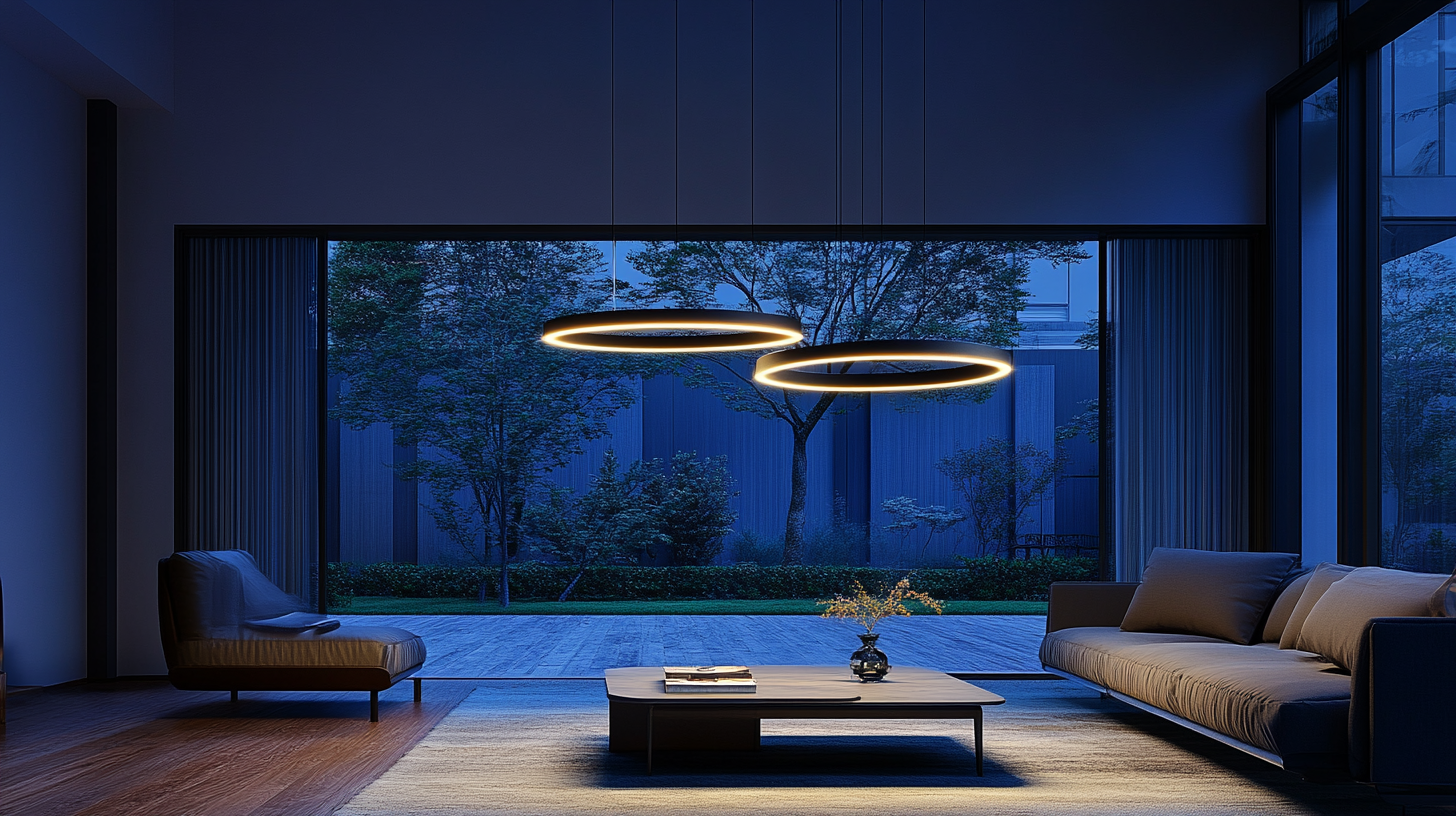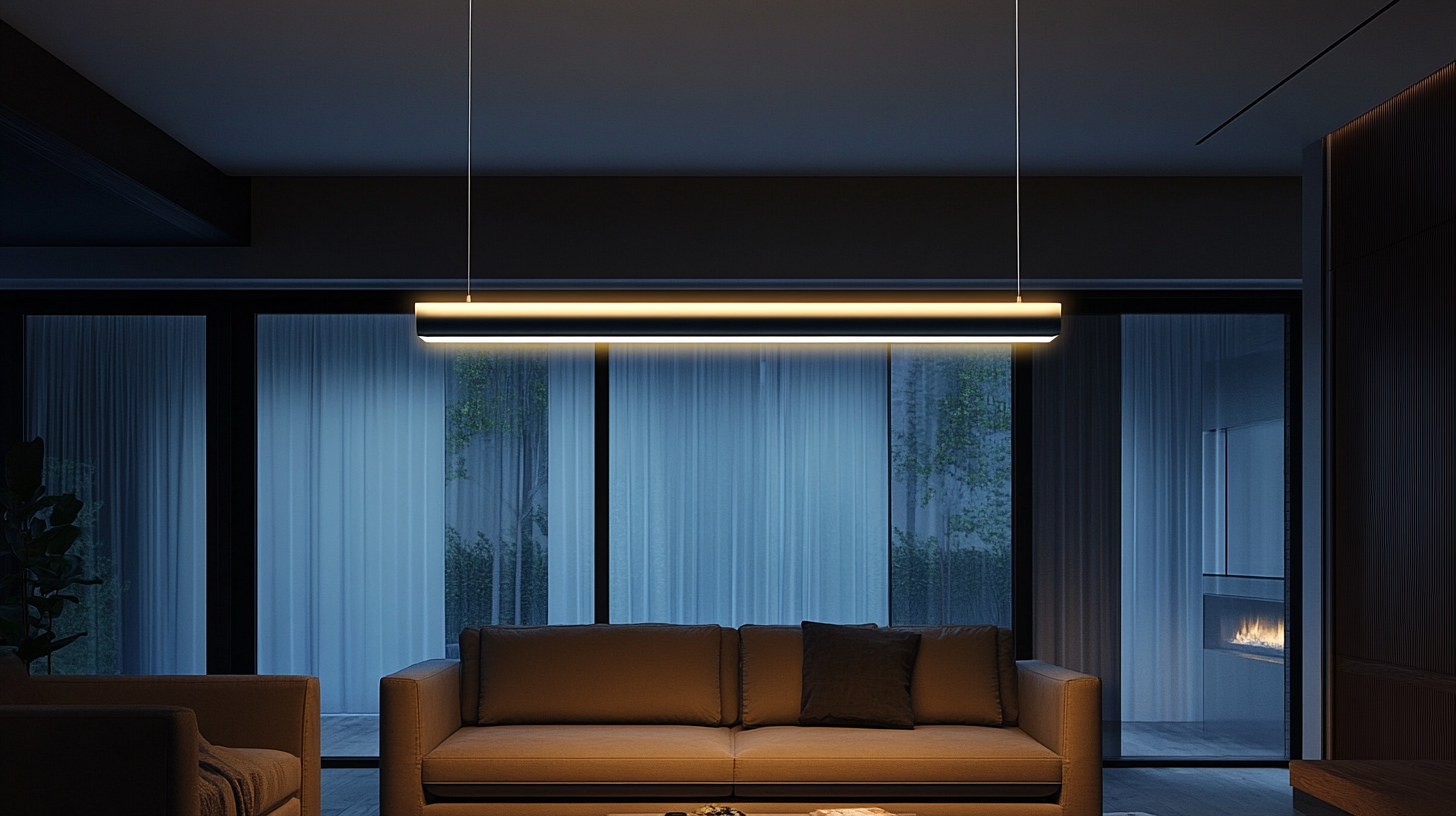Exploring the Essential Technical Specifications of Cutting Edge LED Lamps
LED lamps have drastically changed the lighting industry over the last few years, and the trend is moving towards them being the dominant light source for residential and commercial purposes. The report states that the ramp-up of LED usage in common civil activities could reduce energy used for lighting by almost 50 percent by the year 2035, which would provide an approximate annual saving of $30 billion. The final shift toward energy efficiency in lighting is not just a trend but also a global call for sustainable living with a reduced carbon footprint. Knowledge of some fundamental technical specifications of the most recent LED lamps becomes vital for the consumers and professionals, as these can indeed mean a lot in terms of performance and energy savings.
Technological advancements-the very sphere wherein energy efficiency stands- now shape consumer expectations. According to the International Energy Agency, dramatic gains in development in lumens-per-watt efficiency and better thermal management will propel further innovation in the LED market, slated to achieve $100 billion worldwide by 2025. Rapid changes in the competitive environment necessitate inquiry into the specific attributes of top-quality LED lamps, not only improving the quality of illumination but also providing value for money in the long run. The next step is going deeper into these specifications to provide the reader with illumination choices that best meet their needs and sustainability objectives.

Understanding the Key Features of Modern LED Technology
Modern LED technology has substituted spaces with not only energy efficiency but also multiple other advanced features to give it the best usability and improved user experience. With an unusually long life, modern LED lamps often exceed 25,000 hours. This long life means lower maintenance costs and less replacement, making LED lamps very economical over time. Another highlight feature of modern LED lamps is their tunable light settings. Nowadays, dimering, color temperature adjustment, and other customizing applications on different LED products make it possible for users to set a very customized atmosphere to their surrounding environment. The warm white spectrums are enabling relaxation from the cooler cold shades, thus lending the capacity of LED lamps to cater the requirement of light in various setups such as homes, offices, and public exposure. Performance enhancement is complemented with smart technology advancement, which gives greater appeal to LED lamps. These lamps possess Wi-Fi connectivity and smart home integration, enabling the user to control lighting from afar or set automation schedules. The benefits not only include energy savings and convenience but also illustrate how modern LED technology is embedding itself into our lives. And as we continue our study of the main technical specifications of the latest LED lamps, an understanding of these key features will in turn enhance our appreciation for how each of them has brought about changes in our lighting decisions.

Comparing Brightness and Energy Efficiency in LED Lamps
The most important parameters to consider in selecting LED lamps are brightness and energy efficiency. Brightness, given in lumens, measures how much light an LED lamp gives out. Contemporary LED technology gives out plenty of lumens while keeping things small. This enables consumers to have bright spaces without the seemingly bulky artifacts associated with traditional lighting. Moreover, modern LED designs have been able to provide a nice distribution of illumination so as to decrease shadows and dark spots in different settings.
Another key specification to strengthen the attraction of LED lamps lies in energy efficiency. Energy efficiency is measured in watts. An efficient LED lamp can provide the same brightness as fluorescent and incandescent bulbs while consuming a fraction of the energy. For instance, while a lamp giving 800 lumens requires 10-12 watts of power, most incandescent lamps giving a similar brightness of 60 watts. This also means more savings on electricity bills and lower impact on the environment, thus making LEDs a wise choice for a green consumer.
When comparing LED lamps, brightness and wattage are not the only specifications that would matter. Lighting quality, including color temperature and CRI (Color Rendering Index), plays a vital role in creating ambient living or working environments. Certain models have received praise for their ability to dim, or adjust the brightness output, at different times of the day for a variety of activities. Finding the best LED lamp involves careful consideration of the intended specifications for optimum performance and energy-saving recommendations.

Examining Color Temperature and its Impact on Mood
The role of color temperature for LED lamps over the last few years has proved to be rather important as it greatly affects the mood and well-being of individuals. Measured in Kelvins (K), color temperature depicts the light appearance of a source, where warm light is below 3000K and cool light is above 5000K. According to research at the Lighting Research Center at Rensselaer Polytechnic Institute, warmer light, like that from sunrise or candlelight, brings comfort and relaxation, making it ideal for spaces used as bedrooms or living rooms.
Cooler light, with a temperature of about 5000K or above, should ideally be kept in settings that aid alertness or work-propelling work. A study conducted by Journal of Environmental Psychology demonstrated that cool light enhances concentration and cognitive performance by as much as 25 percent when on during work hours. This makes cooler-toned LED lamps more suitable as lighting options in offices, classrooms, or where concentration is a necessity. Hence, gaining an understanding of psychological effects of light should, ultimately, lead to better decisions for consumers and designers alike on which lighting solutions to last in the various environments.
Further, transitioning to energy-efficient LED develops the picture even more brightly. The U.S. Department of Energy has stated that LEDs could save as much as 75% when installed in homes and offices in terms of kWh than incandescent lamps, making them green without losing quality. In such an evolving market, the future would be having an adjustable color temperature feature on an LED lamp, to be able to adjust one's lighting to the required ambiance and emotional state.

Innovative Designs: How Aesthetics Influence LED Lamp Choices
The aesthetics of light being one of the most important criteria in selecting LED lamps and more recent research conducted lately by the International Association of Lighting Designers found that 62% of consumers choose LED-lighting solutions per preference in design than in functions. The new preference indicates that there is an increasing need for innovation in design today, equally considering aspects of design that go beyond the functional effects of illumination into the entire atmosphere of a space.
Aesthetics in LED lamp design are fast becoming a must-have element because the market segment continues to diversify. Millennial and Gen Z, who account for a good share of today's markets, have leanings towards lamps that promise more visual appeal, with around 70% being influenced by style in their buying decisions, as reported by Market Research Future. Manufacturers now have a wide range of state-of-the-art designs-from simple, minimalist and industrial styles to ostentatiously elaborate artistic expressions-surely a piece of cool art lighting residence today.
It is even further demonstrated by the influence of color temperature and lamp shapes. According to research, different color temperatures evoke different moods, with warm tones creating a sense of coziness, which is generally preferred in residential settings. In commercial environments, on the other hand, cooler temperatures are typically used to facilitate alertness and productivity. Bringing the psychological and creative side of color into such trendy contemporary LED designs dramatically affects consumer choice by blending the purely visual with the functional versatility of these modern lamps.
Future Trends in LED Lamp Development and Sustainability
To continue their transformation, lighting must progress not just as a technology but also as a means to meet the challenges brought on by sustainability and innovation. Battery-powered and modular LED lamps have wheels, with speed-wheels moving from energy efficiency to design. Possible future trends include adaptive lighting solutions that are integrated with smart technology so that real-time data can be collected and light can respond dynamically to user needs and outside conditions.
It has built a potential demand to keep manufacturers on the move regarding shaping innovative materials and smarter manufacturing approaches, and thus minimizing waste and maximizing life cycles for products. It is also a FLOODGATE, as electric vehicles turn high, and to talk about the automotive lighting revolution at this moment, it's immense. It has made the existing market efficient with LEDs, moving away from traditional halogen and xenon bulbs for better visibility.
It can now be showcased by introducing amazing features such as Adaptive Driving Beam (ADB) and Digital Light Processing (DLP) how LED technology is going beyond simply lighting to become an even more important part of vehicle safety and performance. As we gaze into the future horizon, combining LED technology and smart systems will open up exciting opportunities to create future lighting solutions prioritizing sustainability and improving user experience.
